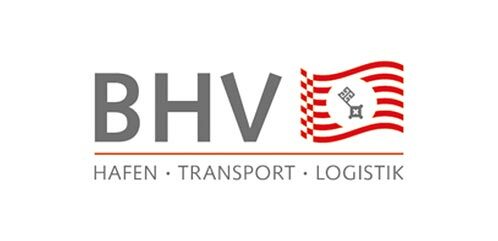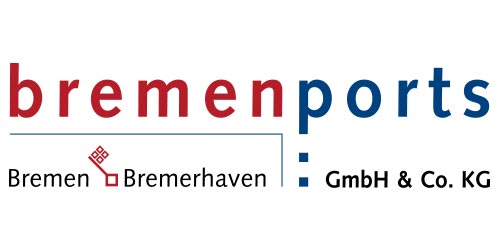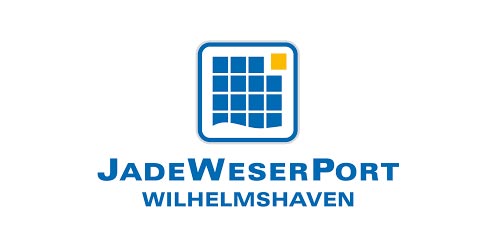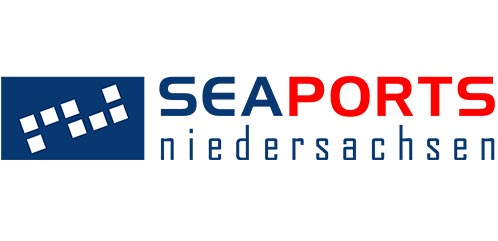It can be expensive, or even dangerous, when sheet pile walls rust unnoticed. A research project aims to identify such risks at an earlier stage and plan maintenance more precisely by intelligently linking expertise, data and technology.
Credits: P. Pollmeier/HSBI
“This task can’t be performed by diving robots yet,” reported Grit Behrens, an applied computer science expert at the Minden Campus of Bielefeld University of Applied Sciences (HSBI). There are many reasons for this. For instance, mussels and plants grow on them, and abrasion from constant contact with silt, flotsam or ships is commonplace. This makes designing suitable robots challenging, and so far no one has succeeded.
For the ports, diving involves considerable effort and a lot of personnel. What is known as “thick water”, i.e. heavily silted areas with currents and tides, makes the work in Bremen and Bremerhaven particularly difficult. Moreover, these visual inspections and fixed maintenance intervals are not always sufficient for detecting corrosion in good time, for example when it develops unevenly at different points.
By radio and hand
The divers usually transmit their findings by radio from under the water to their colleagues on board the ship, where the information is often still recorded by hand. “The data is then transferred to Excel sheets or Word files, which are subsequently saved as PDFs,” the software specialist continued. Furthermore, each administration decides how to collect this data for itself, making it difficult to perform statistical rusting analyses for cross-location forecasts.
“We’re not only developing an application for uniform data collection in Excel and an input mask for web applications, we’re also integrating AI methods,” Behrens stated. “This will allow us to record the complex, variable environmental parameters as well as, for the first time, making informed predictions about expected sheet pile wall corrosion and optimise maintenance cycles.”
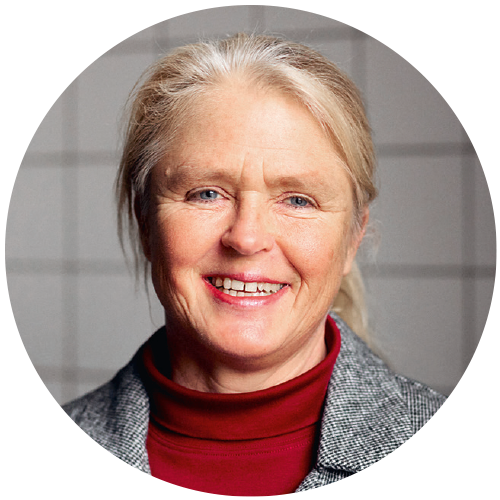
“We needed a large amount of data for machine learning.”
Grit Behrens, Professor of Computer Science, is on the “Iron” research project management team.
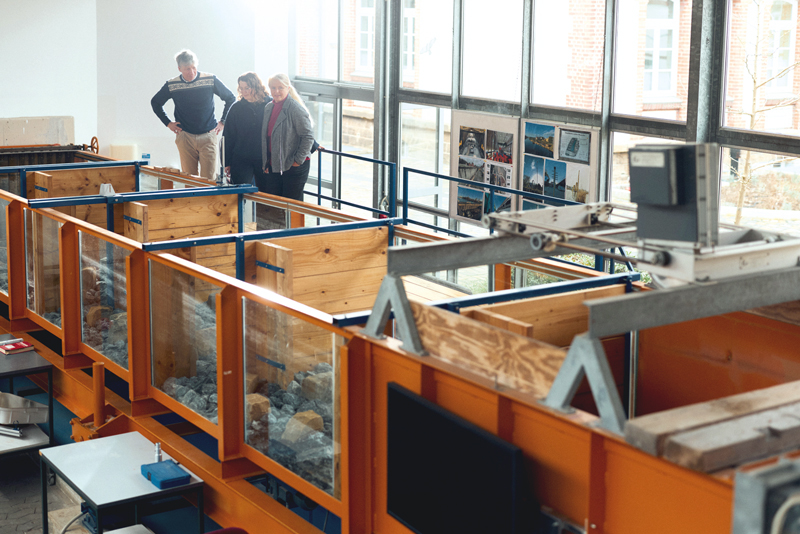
Michael Ströh, Managing Director of the Port Technology Association (HTG), is also positive about the use of AI and the “Iron” project. “AI is well on the way to developing maintenance from reactive repair to predictive added value,” he claimed. “AI recognises things before humans can even guess. And ‘Iron’ is a major milestone on this path, which will open new doors for maintenance that previously remained closed.”
The data collection challenge
“However, we needed a large amount of data for machine learning, which we had to find first,” recalled Behrens, thinking back to the initial hurdles. After all, the surveys on rusting available in ports vary in terms of quantity and quality. “Fortunately, we had some data for fresh and salt water,” she added, “and we were able to use extensive material on corrosion from Minden to pre-train the neural networks.”
However, for Behrens, the biggest challenge is the environmental conditions. Factors such as salinity, pH value, temperature, water depth, currents and waves, not to mention shipping traffic, all influence corrosion on sheet pile walls in different and dynamic ways, meaning that standardised maintenance plans reach their limits.
bremenports is also supporting the “Iron” project with existing data sets on corrosion processes on steel sheet pile walls and embankments.
“The aim of the project is to create improved and expanded options for evaluating this data as a basis for more efficient and informed structural upkeep,” stated Christian Pabst, Head of Construction at bremenports. “Moreover, we’re following the development and refinement across locations and generally applicable methods that describe rusting processes on sheet pile walls in port and hydraulic engineering with great interest.”
AI is the technological heart of the “Iron” project. The machine learning methods used analyse large amounts of data – from historical corrosion patterns to current environmental parameters such as salinity, flow and temperature. This information is used to create models that not only assess existing damage but can also predict future corrosion risks. This should enable port operators to make informed decisions about maintenance and repair, for example with virtual twins of the structures that digitally map their structural condition and indicate changes early on.
In the future, generating reliable data could become much easier. “Arcelor Mittal is developing sheet piles with integrated sensors,” reported Behrens. “These are currently being tested on the Moselle.” The next step could be to incorporate weather data from satellites into the corrosion analysis. All of this would significantly improve the quality of corrosion forecasts for sheet piles. (cb)
Facts
“Iron” project
Aim: Development of an AI-based early warning system for predicting and assessing the corrosion of sheet pile walls in ports and waterways.
Coordination: Bielefeld University of Applied Sciences (HSBI)
Partners: bremenports, Hamburg Port Authority (HPA), Rostock Port and Arcelor Mittal Commercial RPS
Funding: Federal Ministry of Education and Research
Total funding: EUR 681,738
Duration: 1 June 2024 to 31 May 2028

